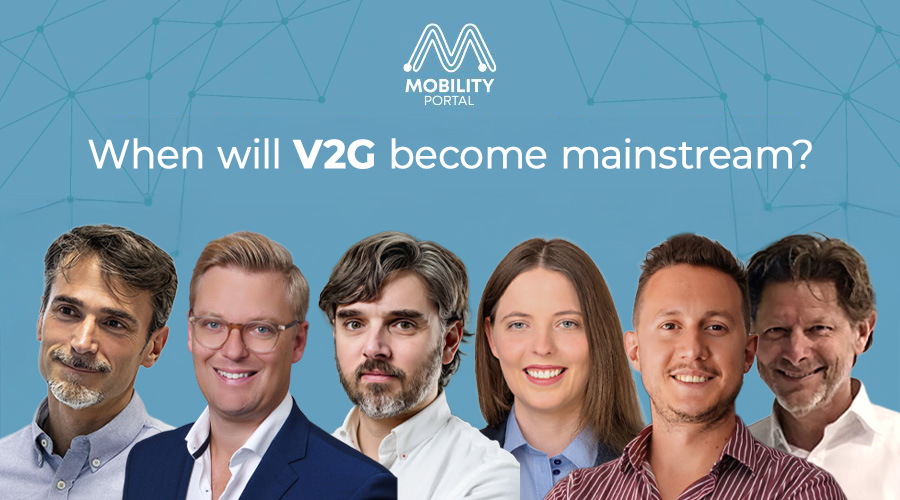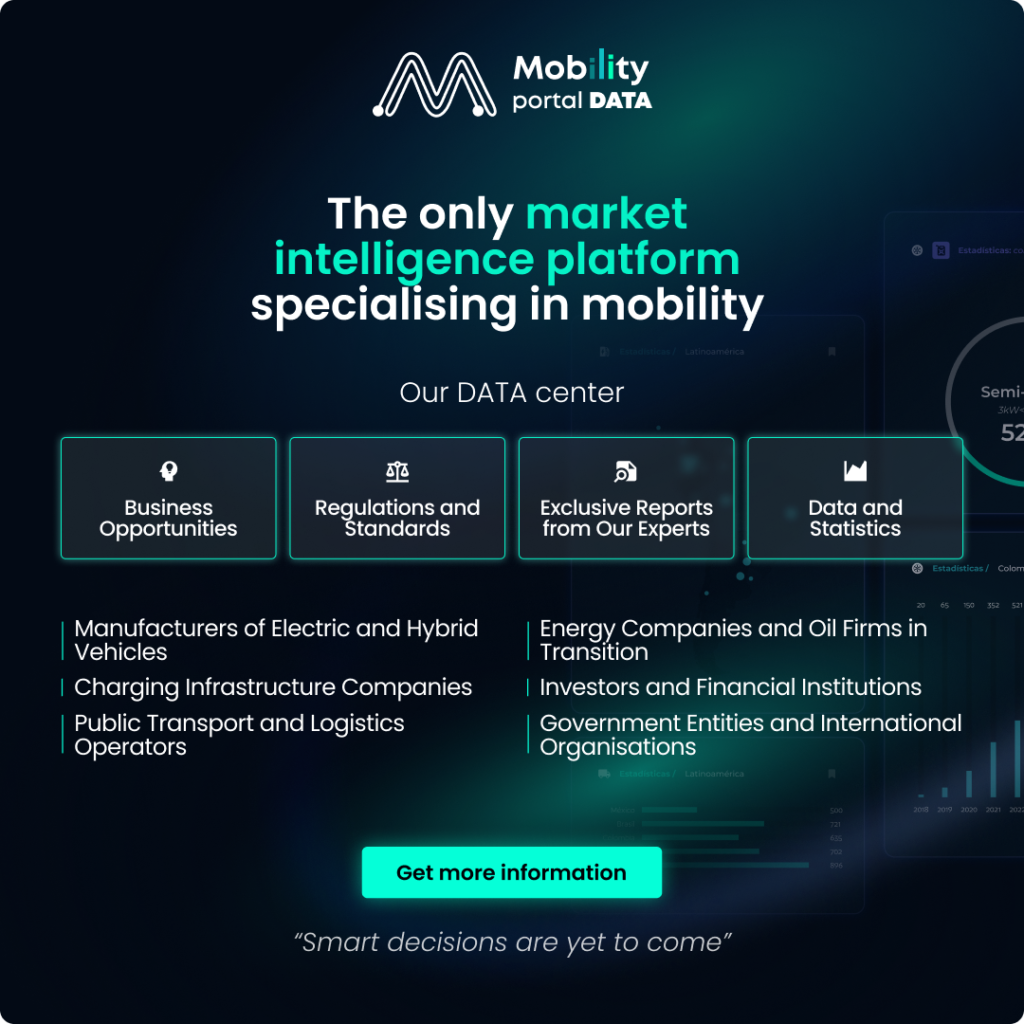The Vehicle-to-Grid (V2G) concept promises to revolutionise the flexibility of the electricity system in the medium term.
To learn more about the regulatory, technical, and market challenges that still need to be overcome for its large-scale implementation, Mobility Portal Europe speaks with industry experts.

“I do see V2G as the next level for the industry,” says Michael Gotthelf, Vice President of Elli, in conversation with Mobility Portal Europe during Power2Drive 2025.
Like him, many consider this concept as the next barrier to overcome for a more flexible and efficient electrical grid.
Bidirectional charging allows electric vehicles (EVs) to not only charge their batteries but also return energy to the grid, helping to balance demand and providing distributed storage.
“By connecting energy and mobility, we can create value for our customers. The added value, in this case, is how many euros can be saved per kilowatt-hour. We are working on it. It’s an interesting market, and I see a lot of potential in the coming years,” adds Gotthelf.

“The current trend highlights smart charging, combining solar panels and dynamic energy tariffs. The implementation of V2G is still to come,” he complements.
Asked about the same topic, Jeroen Jonker, Commercial Director of SolidStudio, highlights bidirectional charging as an interesting idea but believes that the current focus should be on alleviating the electrical grid.
“The challenge is not so much returning energy to the grid, but charging the vehicles at specific times of the day to relieve the overload,” he explains.
According to Jonker, many countries are already facing issues with excess renewable energy, particularly solar, and it would be more efficient “to recharge it into the cars rather than return it to the grid’s assets.”
The future of V2G: a long-term road ahead

Regarding technological advancements, Iban Fontcuberta, CEO of VEGA Chargers, points out that “it is necessary to clarify whether V2G will operate with direct (DC) or alternating current (AC),” as “probably some brands will implement V2G in DC for higher powers.”
In the long term, he believes that “in two or three years, we will begin to see large vehicles that only need to move a few hours a day to help stabilise the grid.”
Based on this knowledge, Carolin Nebeling, Director of International Market Development at ChargeCloud, believes it will take several years before this technology can be implemented on a large scale, especially in the public sector.
One of the critical points is the lack of adequate charging infrastructure and the fragmentation of regulations worldwide.
Obstacles to V2G adoption

Regulatory and technical challenges
The adoption of V2G faces several barriers, ranging from regulatory challenges to the lack of clear protocols for integration with electrical grids.
Nebeling mentions: “In theory, it will open up great opportunities for everyone. In practice, especially for the German market in which we operate, the regulatory challenges are significant.”

According to Joan Sardá, marketing manager at CIRCONTROL, there are three key aspects to continue development: whether the technology is stable, whether there is sufficient market demand, and, the most complicated, how it integrates into the grid.
“The trickiest issue is how we connect in different countries and with various utilities,” he points out.
To address this, he explains that there are still “no clear requirements on how to integrate with the grid,” which delays the progress of the technology.
However, Sardá sees a rapid development opportunity in Vehicle-to-Building (V2B): “It could involve larger projects that will help develop this technology.”

“The obstacle will be the cars”
“Mass adoption will be a challenge. We are currently working on a V2G energy module with funds from the Spanish government, but the obstacle will be the cars,” warns Martí Salvador, Managing Director of Floox.
He elaborates: “The automakers are not doing their part, so I assume it will take at least three years before it becomes mainstream.”
DISCOVER MOBILITY PORTAL DATA
Discover Mobility Portal Data, a new exclusive market intelligence platform offering reliable data and key reports to support smart decision-making across the automotive sector — covering both combustion and electric vehicles, as well as charging infrastructure.
Research, trend analysis, and neatly organised statistics presented with clarity and precision, alongside up-to-date insights — all just one click away. With Mobility Portal Data, good decisions are on the horizon.
READ MORE
-
Tritium reveals: What are CPOs in the UK looking for – and how to deliver it?
The UK sets specific standards for charging infrastructure that CPOs must meet. Kevin Pugh from Tritium explains how the firm adapted to these rules and met CPO requirements.
-
EU launches Clean Transport Corridor to boost electric HGV charging rollout
The Initiative seeks to accelerate the deployment of heavy-duty vehicles recharging infrastructure across key freight corridors. Where will it start?
-
CATL launches EU battery with 750 km range and over 1 million km lifespan
CATL claims this version will last for 12 years or one million kilometres, representing a radical shift in the EV sector.











